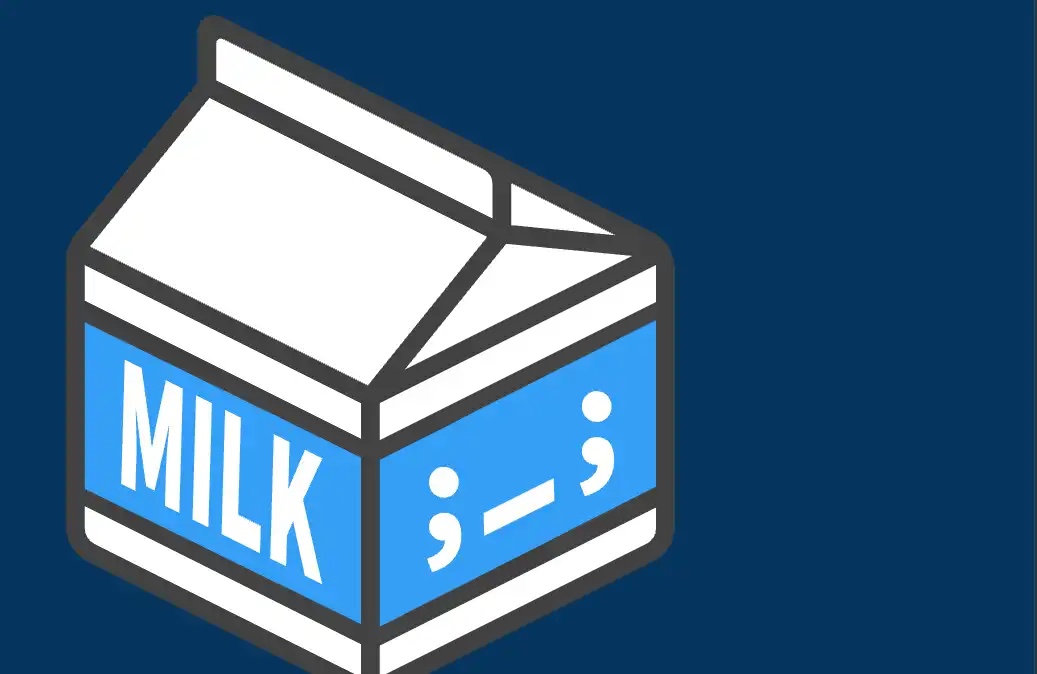Why Ethereum Needs ZK-VM: The Ultimate Path to Scalability
Original Article Title: "Why Ethereum Needs ZK-VM: The Ultimate Path to Scalability"
Original Article Author: Ebunker Chinese
Among the various approaches to Ethereum scalability, ZK is the most complex and critical direction.
Across the entire network, Vitalik Buterin and the Ethereum Foundation have made the biggest bet on ZK. ZK is somewhat like the youngest son of the Ethereum family, receiving the most attention and effort, but also facing the most uncertain future.
A few days ago, the Ethereum Foundation released the Kohaku Roadmap, which is a plan for a set of privacy wallet basic components. The roadmap once again emphasizes that many core features will still rely on the implementation of ZK-EVM or ZK-VM.
So, why does Ethereum so urgently need ZK-VM?
The answer is simple: to improve performance without sacrificing security.
The Performance Bottleneck: Full Verification and GAS Limit
As mentioned before, the most immediate way to improve Ethereum's performance is to increase the GAS limit, which means making blocks larger.
However, increasing the GAS limit comes with a cost; oversized blocks are a heavy burden on nodes.
Currently, Ethereum employs a validation mode known as "everyone validates everything", meaning all nodes have to fully validate every block. While this mechanism is simple and secure, it is highly redundant.

If the GAS limit is significantly increased, the computational load on each node would skyrocket in unison.
Considering that Ethereum's block interval is only 12 seconds, which also needs to reserve time for block propagation and MEV sorting, validators only have about 4–8 seconds available for validation, leaving virtually no room to handle a larger workload.
ZK-Enabled Ethereum: From "Everyone Validates Everything" to "Everyone Validates Once"
If Ethereum L1 is fully ZK-enabled, the validation mode will shift from "everyone validates everything" to "everyone validates once". In this mode, once a block is assembled, a ZK proof will be generated first.
The key feature of ZK is that proof generation is slow, but verification is extremely fast. Therefore, nodes only need to validate the proof once to check its correctness, without having to re-execute all transactions within the block.

This means that Ethereum can significantly increase the GAS limit without significantly increasing the node load.
An illustrative analogy is: in the past, when you submitted a leave application on DingTalk (sent a transaction), each manager (node) had to individually verify if you had any leave balance left (full verification by all), and the process would only proceed after everyone approved.
However, after ZK integration, the system first verifies that you indeed have leave balance, then issues a proof to all managers (ZK), at which point the managers only need to trust and approve quickly (everyone verifies once).
Post ZK integration, when you submit a leave application (send a transaction), the system identifies that you have remaining leave, directly informs all managers that "this person has leave," and the managers fully trust that the system is correct (ZK), after which they approve much faster (everyone verifies once).
This is the reason why Ethereum is pursuing ZK integration.
The Challenge and Case Study of Cryptography
Of course, achieving all of this requires a massive amount of engineering work and the cryptography difficulty is also very high, which is why Ethereum must collaborate with professional teams.
The Brevis protocol mentioned by Ethereum Foundation researcher Justin is currently one of the leading cases in this field.

Brevis focuses on ZK-VM, and its latest Pico Prism technology is currently one of the fastest solutions for generating ZK proofs under certain conditions.
According to test data, with the current Ethereum block size of 45M GAS, Brevis uses 64 RTX 5090 GPUs to complete 99.6% of block proofs in 12 seconds, with 96.8% of blocks being able to complete proof generation within 10 seconds.

To maintain decentralization, Ethereum requires that the cost of ZK proof devices should not exceed $100,000.
While higher-end GPUs (such as H200 or B200) can generate proofs faster, this would significantly raise the entry barrier. Brevis's current design precisely meets this limit.
Why Is "10 Second Coverage" Also Critical? Because MEV blocks are usually generated within 1–3 seconds, and adding a 10-second proof time perfectly fills the 12-second block interval.
Summary: Ethereum's Path to ZK Rollup Logic
If Ethereum wants to accelerate L1 performance improvements, it must increase the GAS limit;
To safely raise the GAS limit, ZK rollup must be promoted;
And to elegantly achieve ZK rollup (proof generation within 10 seconds, hardware cost under $100,000), a joint effort of the cryptographic community and the encryption ecosystem is required.
ZK is the most complex but also the most deterministic direction in Ethereum's scalability roadmap.
It is not only about performance but also the ultimate solution for Ethereum to seek a balance between security and decentralization.
Welcome to join the official BlockBeats community:
Telegram Subscription Group: https://t.me/theblockbeats
Telegram Discussion Group: https://t.me/BlockBeats_App
Official Twitter Account: https://twitter.com/BlockBeatsAsia


 Forum
Forum Finance
Finance
 Specials
Specials
 On-chain Eco
On-chain Eco
 Entry
Entry
 Podcasts
Podcasts
 Activities
Activities
 OPRR
OPRR






